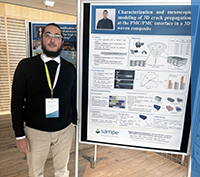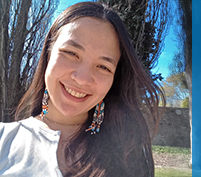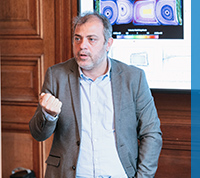PhD defence of Loris Gelas
From solution to porous network: tuning the morphology and properties of cellulose aerogels
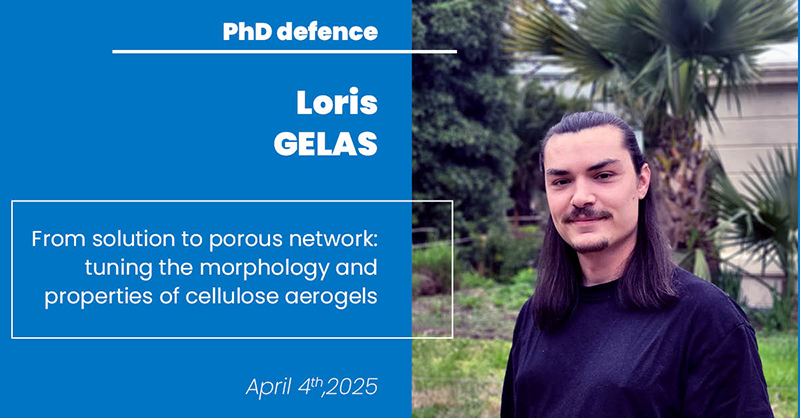
Loris Gelas conducted his doctoral research in the research team S&P, under the supervision of Tatiana Budtova and in the framework of the ANR project “Bio-Gels”. He defends his PhD in Computational Mechanics and Materials specialty on April 4, 2025 in front of the following jury:
Mrs Isabelle CAPRON, INRAE Nantes
Mrs Patrina PARASKEVOPOULOU, National and Kapodistrian University of Athens
Mrs Luisa Maria ROCHA DURãES, University of Coimbra
Mr. Julien BRAS, Université Grenoble Alpes
Mrs Tatiana BUDTOVA, Mines Paris – PSL
Mr. Pavel GURIKOV, Hamburg University of Technology
Abstract:
Aerogel materials exhibit unique characteristics such as low density, open porosity, and a high internal specific surface area. These features make them highly desirable for diverse applications such as thermal insulation, environmental remediation, filtration, catalysis, energy storage, sensing technologies, and space exploration. Traditionally, aerogels are synthesized from silica, metal oxides, or synthetic polymers, relying either on costly raw materials such as silica or petroleum-based chemicals, along with expensive and energy-intensive manufacturing processes.
In the early 21st century, a new class of aerogels emerged: they are based on polysaccharides, possessing reduce environmental footprint and unlocking aerogels’ use in life sciences (biomedical, pharmaceutical, food, and cosmetics). Among various polysaccharides, cellulose stands out as one of the very promising raw materials for aerogel production due to its abundance, renewability, non-competition with food sources and biodegradability. Despite these advantages, cellulose-based aerogels, as well as other bio-aerogels, have struggled to find widespread applications. This is attributed to several drawbacks, such as long production process relying on diffusion-driven phase separation and use of low- or high-pressure technology needed for drying. Cellulose aerogels also present some structural limitations: for example, the presence of large macropores and aggregated structures compromise thermal insulation performance.
This thesis explores the correlations between processing conditions and properties of porous cellulose-based materials made via dissolution-coagulation and drying pathway. The process involves microcrystalline cellulose dissolution, aqueous NaOH is used as an easy to recycle non-toxic cellulose solvent. Dissolution is followed by an optional gelation step, after which solvent exchange occurs via diffusion. This process induces phase separation and cellulose self-aggregation into a three-dimensional network with non-solvent in the pores. After an optional further exchange with other non-solvents, the coagulated gel is dried, usually with supercritical CO2, to obtain the aerogel.
Currently, aerogel production largely relies on trial-and-error approaches, limiting advancing cellulose aerogels towards practical applications. The goal of this thesis is thus a systematic examination and understanding of the impact of various non-solvents and of drying conditions on the morphology and properties of cellulose, targeting aerogel-like materials.
Several critical issues will be addressed in this thesis. The influence of coagulation non-solvent on the morphology of the porous network will be investigated. Special attention will be given to evaporative drying and the relationship between the properties of the precursor before drying and those of the final dried material. Evaporative drying presents a simple and scalable alternative to supercritical drying; however, capillary pressure must be managed to prevent structural collapse. Achieving aerogel-like properties through evaporative drying requires control of the coagulated gel morphology and drying conditions. Additionally, efforts will be made to chemically modify cellulose to impart hydrophobicity to the aerogels. Finally, the impact of porous material morphology on the diffusion-driven release kinetics for drug-delivery applications will be evaluated.
We aim to control the final properties of cellulose aerogels and aerogel-like materials by deepening our understanding of the processing steps involved. This study prioritizes the use of simple techniques, environmentally friendly and low-toxicity compounds, and scalable production methods to reduce manufacturing costs and environmental impact.
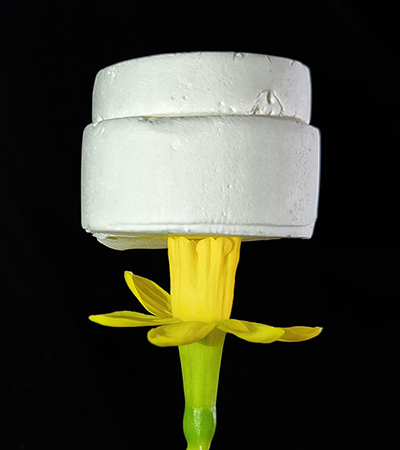
Keywords: Aerogels, cellulose, Bio-gels, Bio-sourced polymers, Non-solvent induced phase separation, Drug delivery




